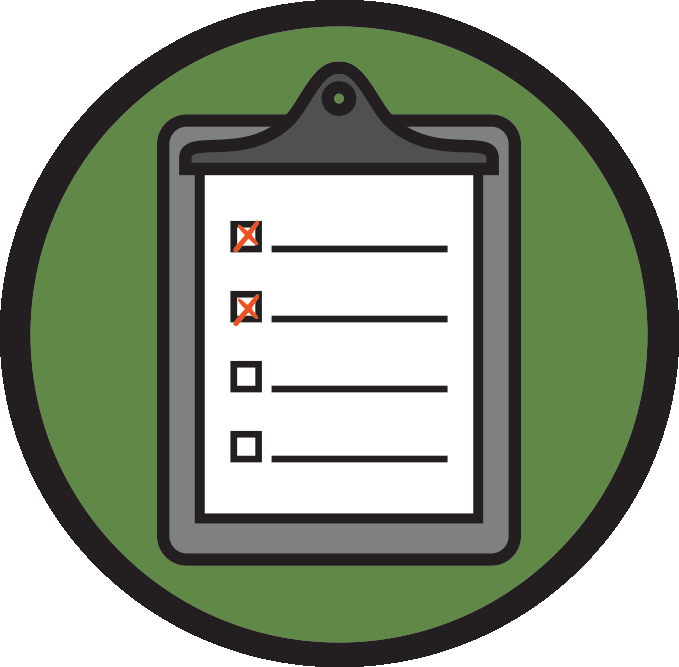NMSD Teaching and Learning



Web
Resources
-
Jay McTighe and Associates
PLAN
Where are our students now, and how do we get them to the target?
"Deliberate and focused instructional design requires us as teachers and curriculum writers to make an important shift in our thinking about the nature of our job. The shift involves thinking a great deal, first, about the specific learnings sought, and the evidence of such learnings, before thinking about what we, as the teacher, will do or provide in teaching and learning activities. Though considerations about what to teach and how to teach it may dominate our thinking as a matter of habit, the challenge is to focus first on the desired learnings from which appropriate teaching will logically follow."
From: Backwards Design: Why Backwards is Best, by: Grant Wiggins and Jay McTighe
At the North Marion School District we view backwards planning as a key element of our Standards Based Teaching and Learning Model. The principals of backwards planning are built on the foundation of both understanding what is essential for students to know and understand, and having a firm grasp of where they are in the process of meeting those expectations. Whether using Teaching for Mastery, or Understanding By Design, teachers who use a backwards planning model are able to answer the questions "where are my students now," and "what learning is necessary to get them to the learning target?"
As we begin to build our unit and lesson plans based on the power standards and learning targets we identified in step one of the cycle, we need to consider the three steps of the backwards planning process.
Stage 1: Identify desired results
What should students know, understand, and be able to do? What content is worthy of understanding? What enduring understandings are desired? In Stage 1 we consider our goals, examine established content standards (national, state, district), and review curriculum expectations.
Because typically we have more content than we can reasonably address within the available time, we must make choices. This first stage in the design process calls for clarity about priorities.
Stage 2: Determine acceptable evidence
How will we know if students have achieved the desired results? What will we accept as evidence of student understanding and proficiency? The backward design orientation suggests that we think about a unit or course in terms of the collected assessment evidence needed to document and validate that the desired learning has been achieved, not simply as content to be covered or as a series of learning activities. This approach encourages teachers and curriculum planners to first “think like an assessor” before designing specific units and lessons, and thus to consider up front how they will determine if students have attained the desired understandings.
Stage 3: Plan learning experiences and instruction
With clearly identified results and appropriate evidence of understanding in mind, it is now the time to fully think through the most appropriate instructional activities. Several key questions must be considered at this stage of backward design: What enabling knowledge (facts, concepts, principles) and skills (processes, procedures, strategies) will students need in order to perform effectively and achieve desired results? What activities will equip students with the needed knowledge and skills? What will need to be taught and coached, and how should it best be taught, in light of performance goals? What materials and resources are best suited to accomplish these goals?
From: Backwards Design: Why Backwards is Best, by Grant Wiggins and Jay McTighe
